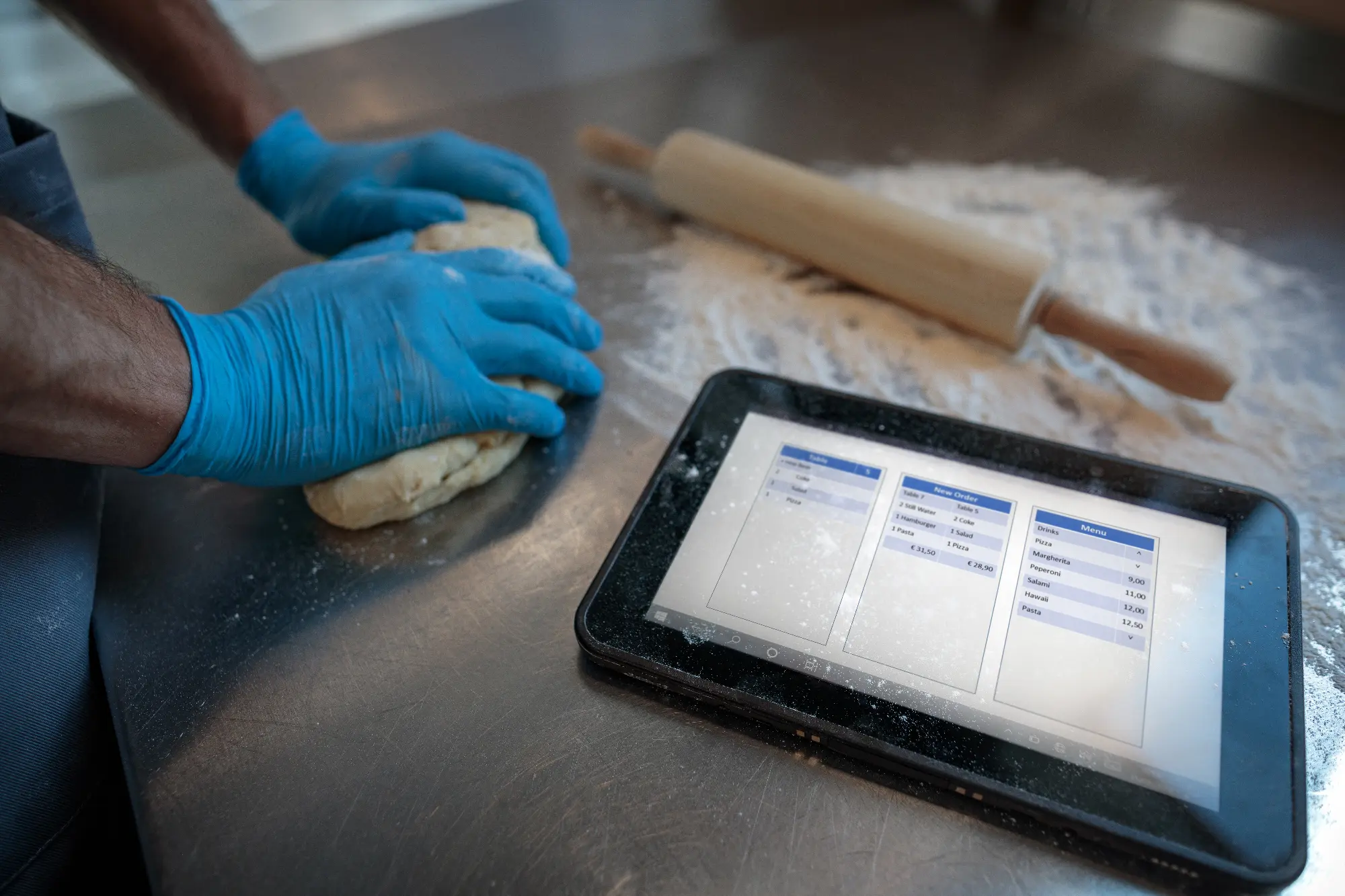Sustainability in Contactless Payment
Table of contents:
- Sustainability in Contactless Payments
- Introduction to Contactless Payments
- Sustainability Benefits of Contactless Payments
- Economic Benefits for Companies
- How Companies Benefit from Sustainable Contactless Payments
- Challenges and Solutions
- Partnering with oona
Sustainable Contactless Payments
When businesses think of incorporating contactless payment systems, sustainability benefits might not be the first thing that comes to mind. Efficiency, security, and user-friendly interfaces are some of the key perks to going contactless, but there are also sustainable factors that come with this technology.
Reducing cash payments can lead to less paper waste, reduced CO2 emissions, and can help to build a sustainable brand image that customers can trust. Here’s how businesses can reap the rewards of sustainable contactless payment.
Introduction to Contactless Payments
Contactless payments are fast payments made using either a contactless card or smart device, such as a mobile phone or smartwatch. The transaction is facilitated by near-field communication (NFC) or radio frequency identification (RFID), which helps two devices to communicate wirelessly when they are in close proximity to each other. All customers need to do to make a payment is to simply hover their contactless device near a contactless-enabled POS device for the wireless connection to be made and a payment to be made.
The prevalence of contactless payments has grown rapidly over the past decade or so, with many businesses taking up this payment method to improve transaction efficiency and customer satisfaction.
Sustainability Benefits of Contactless Payments
Contactless payments are not only more efficient but are also a sustainable option for businesses looking to upgrade their payment systems.
One of the key sustainability features for contactless payments is the reduced requirement of physical resources. With the tap-and-pay function, contactless payments reduce the need for physical money, such as notes and coins, which in turn reduces the need to mine or process the raw materials needed to create this physical currency.
With contactless payments, less physical currency is needed in registers, which in turn leads to less transportation to deliver said currency to different businesses. Fewer trucks on the road can also lead to a reduction in CO2 emissions, which in turn can create a healthier carbon footprint for businesses in general.
Contactless payment options also have the benefit of reducing paper receipts, as customers can be given the option to print a receipt or not. Most of the time, customers paying contactless do not opt for a physical receipt, which helps in the promotion of eco-friendly consumption habits of customers.
Economic Benefits for Businesses
Going contactless also has direct benefits for businesses. With contactless payment options, customers can enjoy purchasing goods or services at their own pace, especially at self-service kiosks. The tap-to-pay function is easy to use and can mean less stuff for customers to have to carry around with them, especially if they use a smart device such as a phone or watch to make a payment.
The digitization of payments also means businesses can save on costs associated with processing physical-based payments. Having tills constantly stocked with cash, counting out cash at the end of the day, and depositing it into banks is labor-intensive and time consuming. Sustainable contactless payments do away with the need for tills and deposits, with the entire process conducted within the contactless device.
Contactless payments can also offer businesses better payment insights, which can in turn help to inform better marketing strategies.
How Companies Benefit from Sustainable Contactless Payments
Businesses can leverage the sustainability aspects of contactless payment methods to help strengthen brand trust. By promoting the sustainable benefits of contactless payment, such as reduced CO2 emissions and less paper waste – businesses can aim to attract and retain more environmentally-conscious consumers. Becoming aware of the sustainable impacts of contactless payments and promoting them in your marketing materials can also give businesses a competitive advantage in the marketplace.
Challenges and Solutions
Security concerns are one of the biggest challenges businesses face when integrating sustainable contactless payment methods. Customers are sometimes wary of wireless technology, especially in terms of how data is transmitted between devices when using the tap-to-pay function. However, with improved education and awareness about the secure technology used to facilitate contactless payments, concerned customers can feel more at ease with this safe and popular payment method.
Businesses can sometimes be hesitant to make the move from traditional register payments to contactless payments. Integrating sustainable business practices can feel overwhelming at times, which is why partnering with a contactless payment device provider that is trustworthy, secure, and reliable can help.
Partnering with oona
oona devices offer customers an easy-to-use interface and clear instructions on how to make secure, fast payments at the tap of their card or smart device. When partnering with oona, businesses can rest assured their customers’ data is protected, thanks to the latest contactless payment technology built right into oona device screens.
Share this
You May Also Like
These Related Stories

Revitalize Your Restaurant with a Hardware Refresh

Get Quicker Table Turnovers with Restaurant Tablets

